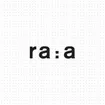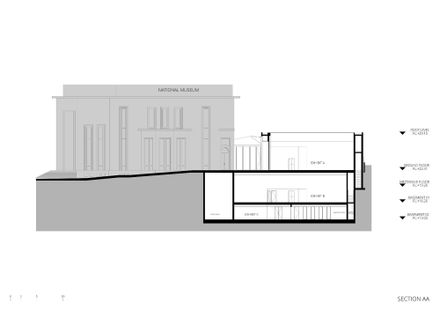
The Nuhad Es-Said Pavilion for Culture
ARCHITECTS
Raed Abillama Architects
LEAD ARCHITECTS
Raed Abillama
LOCATION
Mathaf, Lebanon
CATEGORY
Cultural Architecture, Museums & Exhibit, Pavilion
Text description provided by architect.
The Nuhad Es-Said Pavilion for Culture, an extension to the National Museum of Beirut, is a space dedicated to creative artistry, the dialogue between art and culture, as well as the importance of remembrance.
Its mission is to celebrate and disseminate Lebanon's cultural wealth through innovative programs, bold exhibitions, and strong community involvement.
The project was made possible thanks to the National Heritage Foundation. Since the end of the Civil War, this foundation has been integral to the renovation and preservation of the National Museum.
This deep connection with the museum enabled the foundation to design the pavilion project in partnership with the Es-Said family.
Named after a devoted art collector, this addition to Lebanon's cultural landscape aims to re-affirm the National Museum of Beirut's position as the pre-eminent symbol of the nation's cultural heritage – past, contemporary, and future.
Establishing the extension as a living and ever-evolving cultural institution plays a crucial role in the continued financial support of the National Museum, which is thereby opened up to new perspectives and a broader scope.
Beirut's National Museum first opened in 1942 and was designed in a local limestone, neo-classical style by architects Antoine Nahas and Pierre Leprince Ringuet.
The original plans for the Museum included two wings linked to the main building, however, only the left wing was subsequently constructed, leaving an open space to the museum's right, where the new pavilion now stands.
The National Heritage Foundation commissioned Raed Abillama Architects to design the new extension, which pays homage to the original museum, yet is distinctly contemporary in character.
The extension is composed of three main elements: a processional landscaped garden, a cafeteria, and the pavilion itself, which encompasses a linear profile and retains the same footprint as the winning design of 1928.
The façade features vast apertures of floor to ceiling glass framed by columns in yellow local stone, which echoes the neo-classical columns of the original museum.
At ground level, the space offers an open, fluid, adaptable space that can be used for a variety of purposes.
With its closed rear and side walls – complemented by flexible display panels – the pavilion serves as an additional exhibition space. Long skylights provide gentle top light, carefully controlled by an integrated shading system.
Adapting to the limitations of a narrow peripheral site, the practice also designed two principal basement levels, providing additional multi-purpose halls as well as technical and storage spaces.
«The Pavilion Café» forms a glazed bridge between the main body of the Museum and the pavilion itself and offers an arresting view of Beirut's tree-filled Hippodrome.




































